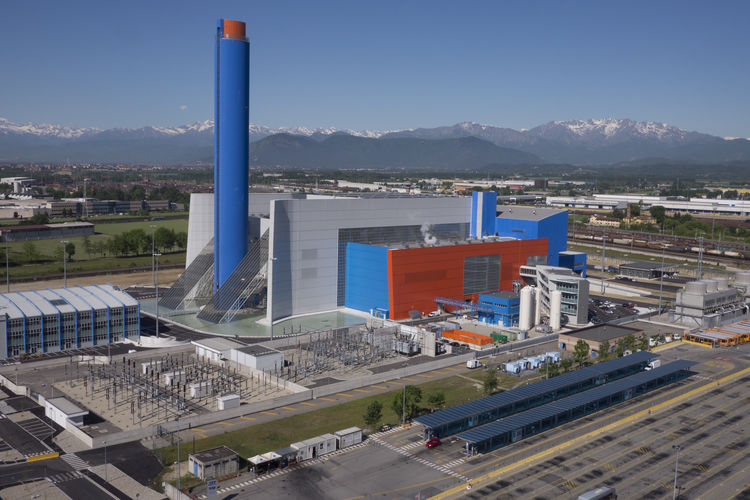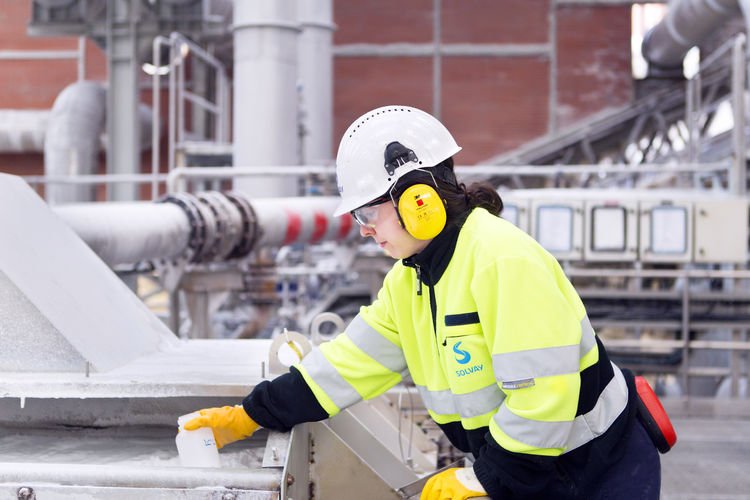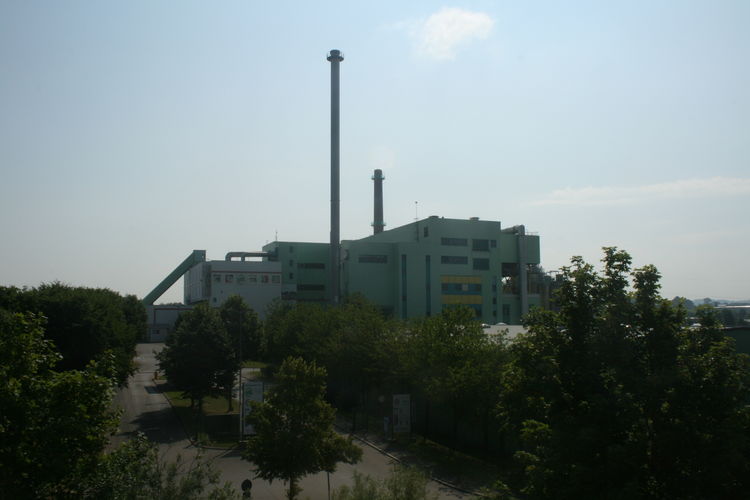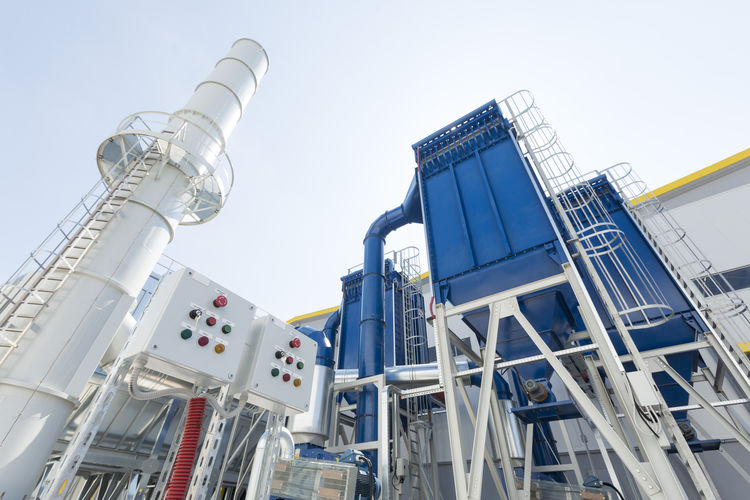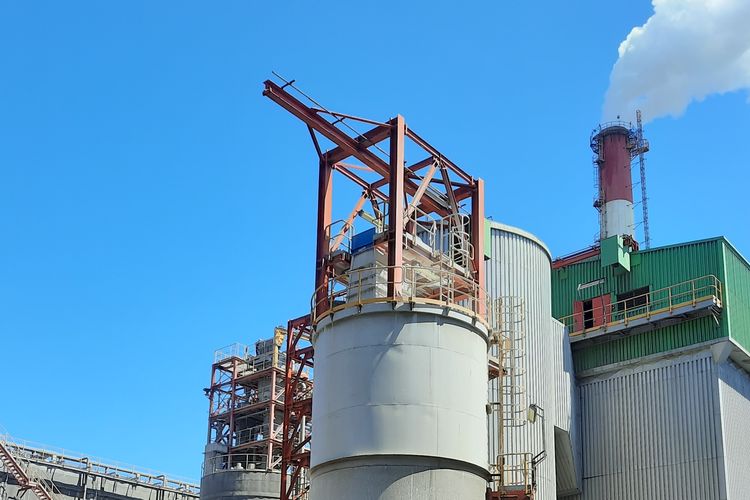Chilean Coal Fired Power Plant - Key Facts and Figures
- Coal sulfur content: 0.58%
- SO2 in: 1,103 mg/Nm3 @ 6% O2
- SO2 out: 86-200 mg/Nm3 @ 6% O2
- Legal emission limit: 200 mg/Nm3 @ 6% O2
The Client’s Needs: Mitigate Hydrated Lime Consumption And Comply With New Emissions Regulations
In November 2021, SOLVAir® partnered with a Chilean coal-fired power plant to test SOLVAir® Solutions as an alternative absorbent to address the high consumption of hydrated lime and a potential change in emissions regulations. The client requested that SOLVAir® Solutions work with the existing Flue Gas Treatment (FGT) system. The client wanted to be prepared for potential future changes in limit emissions being more restrictive. Using high sulfur content coal is cheaper than low sulfur content coal.
How SOLVAir® Helped This Chilean Coal Fired Power Plant
SOLVAir® conducted tests to homologate the product as an alternative absorbent, providing the client with a more flexible solution to face new challenges related to fuel price volatility and absorbent scarcity in the local market. The SOLVAir® Solution offered the client more flexibility from fuel price volatility and lack of other absorbents in the local market.
Benefits For This Chilean Coal Fired Power Plant
Minimized By-Product Generation
The SOLVAir® Solution resulted in two times less consumption and four times less by-product generation than the previously used hydrated lime.
Emissions Legislation Compliance
SOLVAir® demonstrated compliance with the current legislation of 200 mg SO2/Nm3 @ 6% O2, with actual emissions as low as 86 mg/Nm3.
Reduced Residue Production and Water Consumption
The technology yielded less residue production (63% less), less water consumption in the reactor (75% less), and less or no recirculation of solids in the reactor.
Legislation Requirements
200 mg SO2/Nm3 @ 6% O2
We demonstrated to our client the efficiency of our SOLVAir® Solution technology, and they accepted it as it is. In addition, thanks to our test, they have realized other critical issues that they never would have discovered


